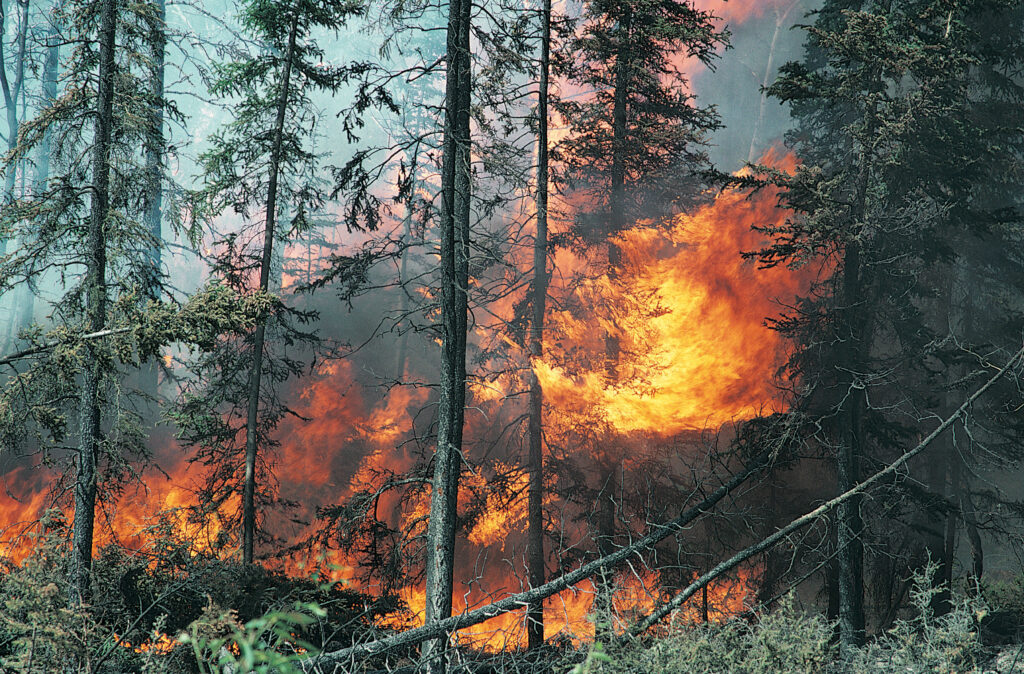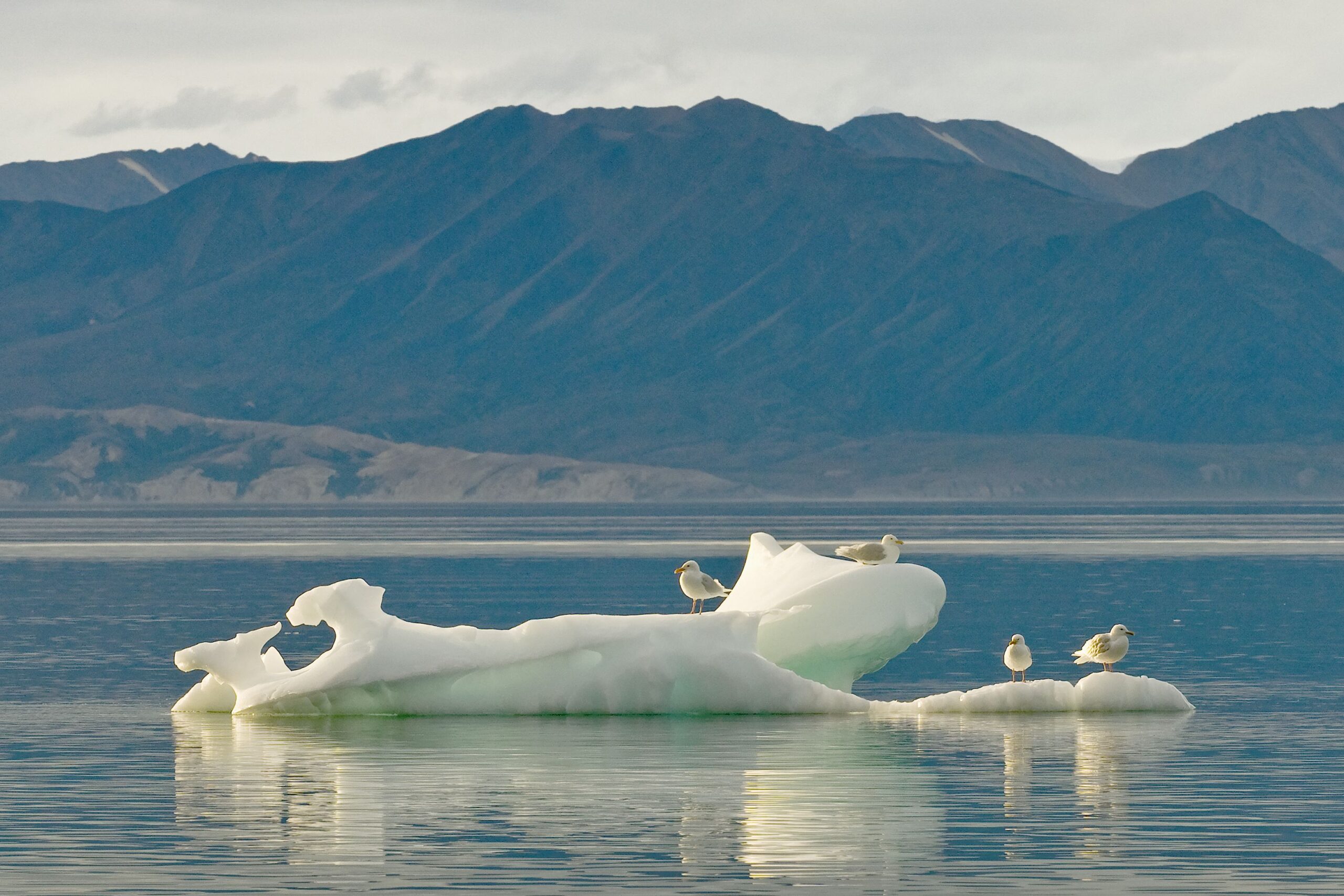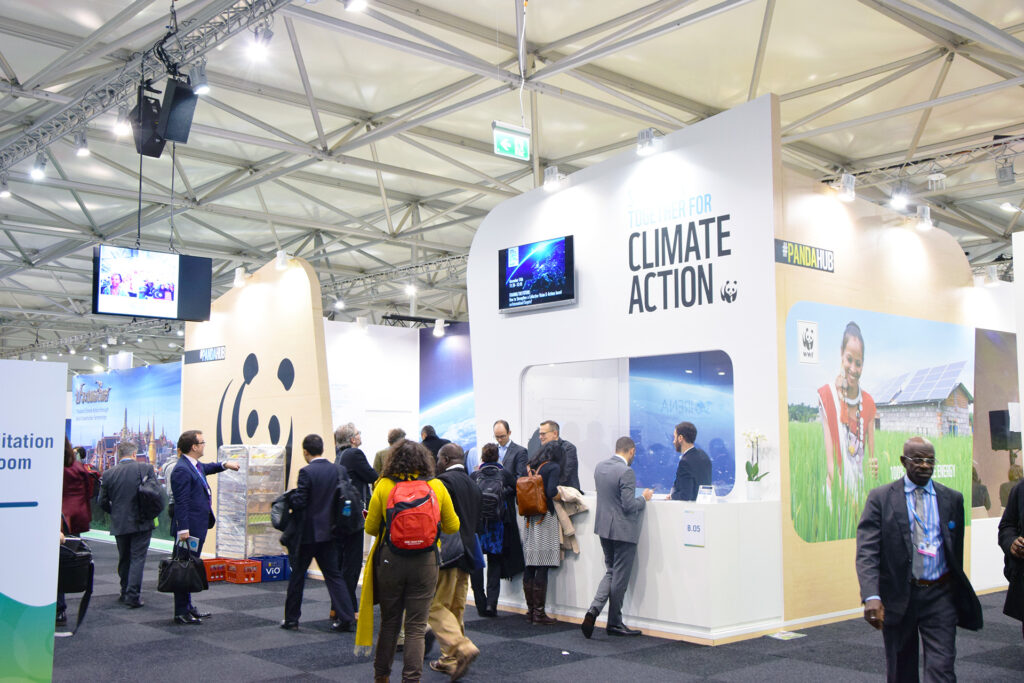High-stakes COP28 climate summit ignites at end of hottest year ever
When the first UN Climate COP, or “Conference of Parties,” took place in Berlin in the spring of 1995, climate change seemed like a far-off future problem. And no wonder. COP1 was so long ago that Netscape, the first web browser, had only been out for a few months, Alanis’ Jagged Little Pill hadn’t mis-defined irony yet, and there were 2.3 billion fewer people on the planet.
As COP28 kicks off two weeks of negotiations in Dubai from Nov. 30–Dec. 12, that future is now our present. Following months of record-breaking rainfall, floods, heat waves and wildfires around the world, it will soon be officially confirmed that 2023 has been the hottest year on record.

The urgency that may have been missing nearly 30 years ago could hardly be any greater now, globally and here at home. A recent audit by the commissioner of the environment and sustainable development found Canada is not only on track to miss its 2030 emissions reduction targets, but that “Canada is the only G7 country that has not achieved any emissions reductions since 1990.”
And that’s not counting the oil and gas that we export (we are the world’s fourth- and fifth-largest producer, respectively) or the carbon dioxide released from climate-fuelled wildfires.
But — and we simply cannot stress this enough — that is no reason to lessen our efforts because it is not too late! Every fraction of a degree matters to our future, and as of this moment there is still time to reverse this course we’re on. We must increase pressure on our leaders to push harder as the stakes grow higher. To act as if our future depends on it — because it does.
COP28 needs to move us from promises and plans to implementation, because targets are meaningless unless we hit them — and that’s what is on the agenda. This will be the first “global stocktake,” a mechanism from the COP21 Paris Agreement to assess progress.

It arrives on the heels of the latest UN Emissions Gap Report, Broken Record — Temperatures hit new highs, yet world fails to cut emissions (again), which found current commitments have the planet on track for a 2.5–2.9 C temperature increase, with a 42 per cent reduction in emissions required to keep warming to 1.5 C.
The stocktake provides an opportunity for governments to commit to implementing actions that will reduce greenhouse gas emissions, including reducing fossil fuel use and strengthening carbon-sequestering ecosystems. Steven Guilbeault, Canada’s Minister of Environment and Climate Change, will play a leadership role in this effort as the co-facilitator. Alongside Egypt’s environment minister, he will support the COP28 President Designate in engaging ministers from all countries to identify implementation solutions from financing and technology to capacity building.
WWF will be in attendance in Dubai to keep that pressure on heads of state from around the globe and remind them to not simply raise their emissions reduction ambitions but to achieve them. To phase out fossil fuels by at least 2050. To strengthen the “loss and damages” fund for developing nations, which have contributed the least to climate change while confronting its greatest threats.
And to leverage nature as a critical climate mitigation and adaptation tool that also addresses the biodiversity loss crisis while advancing reconciliation via Indigenous-led conservation. (Read more below about our COP28 panel on how Indigenous-led protection, management and restoration.)
There are a lot of competing crises in the world right now — as there were back in 1995 — but the runway we once had has simply run out. Now is the time for climate credibility. For words to lead to action. For the world to finally come together and save itself.
WWF-Canada x COP28
As world leaders meet at the COP28 climate summit in Dubai, WWF-Canada will be there hosting a pair of panels on how Indigenous-led conservation, including establishing Indigenous Protected and Conserved Areas, can reduce carbon emissions and future climate impacts while also protecting biodiversity, food security and local livelihoods.
Canada’s worst-ever fire season this year, for example, not only threatened wildlife, firefighters and neighbouring communities but also released stored carbon from the trees and soil.

As we look toward restoring those forests, much of which are on Indigenous territories, it’s important to follow their lead and focus on climate resiliency and biodiversity. That includes planting a variety of species of trees, shrubs and plants, in accordance with Indigenous knowledge and priorities, which can also help reduce wildfire threats.
Watersheds are another place where climate and biodiversity intersect, and where Indigenous-led protection and restoration can reduce climate impacts while supporting species like salmon, which are important to the entire ecosystem, including people.
Held at WWF’s PandaHub and the federal government’s Canada Pavilion and moderated by WWF-Canada VP James Snider, panelists include Steven Nitah from Nature for Justice, Angela Kane from the Secwepemcúl’ecw Restoration and Stewardship Society (SRSS), and WWF-Canada VP of Restoration & Regeneration, Elizabeth Hendriks.
Follow our COP28 coverage on social to find out more.

